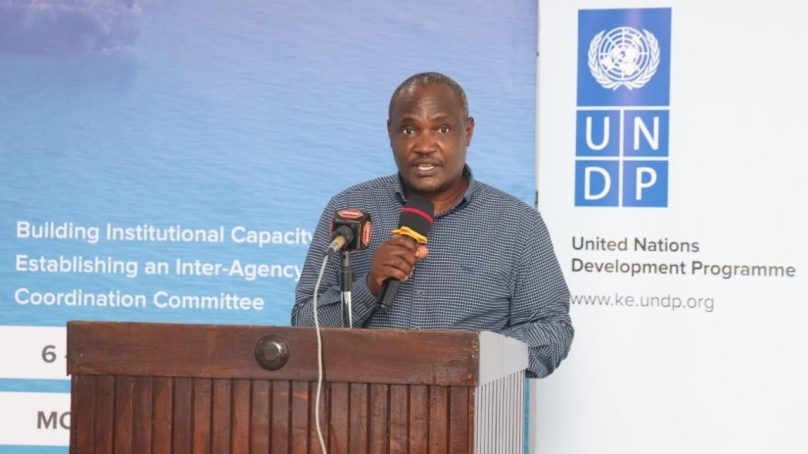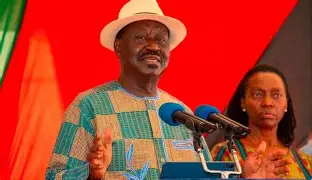
Kenya has underlined its commitment to securing stronger sovereign credit ratings as part of efforts to lower borrowing costs and unlock new sources of development financing.
Public debt stood at Ksh11.7 trillion ($92.5 billion), which is 67.8 per cent of GDP as of June 2025, although it is projected to decline to the debt anchor of 55 per cent of GDP by 2030 through fiscal consolidation.
The East African nations’ current credit rating places it in the red zone as a risky borrower.
Speaking at the opening of the Credit Rating National Workshop in Mombasa, National Treasury Cabinet Secretary John Mbadi said Kenya’s stable macroeconomic outlook, revenue reforms and fiscal consolidation efforts have created an opportune moment to deepen engagement with global rating agencies.
“The upgrade in Kenya’s credit rating demonstrates the tangible benefits of fairer assessments. It allows us to redirect scarce resources from debt servicing into critical priorities such as infrastructure, agriculture, and climate resilience,” he said.
According to the cabinet secretary Kenya’s economy grew by five per cent in the second quarter of 2025, up from an average of 4.9 per cent in 2024, and is projected to expand by 5.3 per cent in 2026. Inflation eased to 4.6 per cent in September 2025, while Central Bank of Kenya reduced its base rate to 9.5 per cent in August 2025 from 13 per cent the previous year, reflecting monetary stability. The shilling has also stabilised at 128-130 to the US dollar since January 2024.
Mbadi said the ongoing fiscal consolidation, coupled with recent tax compliance reforms under the 2025 Finance Act, have boosted investor confidence and enhanced the county’s fiscal credibility.
He noted that credit ratings shape development finance by lowering perceived risk and widening financing options. He pointed out the importance of transparent communication, coordinated stakeholder engagement and a strong national narrative in defending Kenya’s ratings.
“Every basis point we save in borrowing costs translates into classrooms built, hospitals equipped, roads completed and livelihoods improved. This is why engagement with rating agencies must be transparent, consistent and well-coordinated,” he said.
To institutionalise the process, the Treasury will establish a government-resourced Credit Rating Committee to coordinate Kenya’s approach, supported by partners including UNDP, the government of Japan, AfriCatalyst and the African Peer Review Mechanism (APRM).
The committee will spearhead Kenya’s sovereign credit rating agenda, ensuring coordination among stakeholders and sustained engagement with global rating agencies.
He added that mobilising innovative financing instruments such as green bonds and SDG-linked bonds would be key in bridging the country’s annual financing gap, estimated at $10 billion, equivalent to Ksh1.3 trillion (9 per cent of GDP).
He added that the government is determined to increase its revenue to GDP ratio, which averaged 15 to 17 per cent in recent years but still falls below the medium-term target of 20 per cent and the East African Community aspiration of 27 per cent.
“I assure you that Kenya will take full ownership of this process. Our resolve is clear, to position the country as a credible, competitive and attractive destination for investment while ensuring every shilling delivers maximum value for our people,” he said.
The workshop, organised in partnership with UNDP, aims to build the capacity of Kenyan stakeholders to engage effectively with rating agencies through simulations and technical training, positioning the country for improved ratings and affordable financing.
- A Tell Media / KNA report / By Chari Suche








